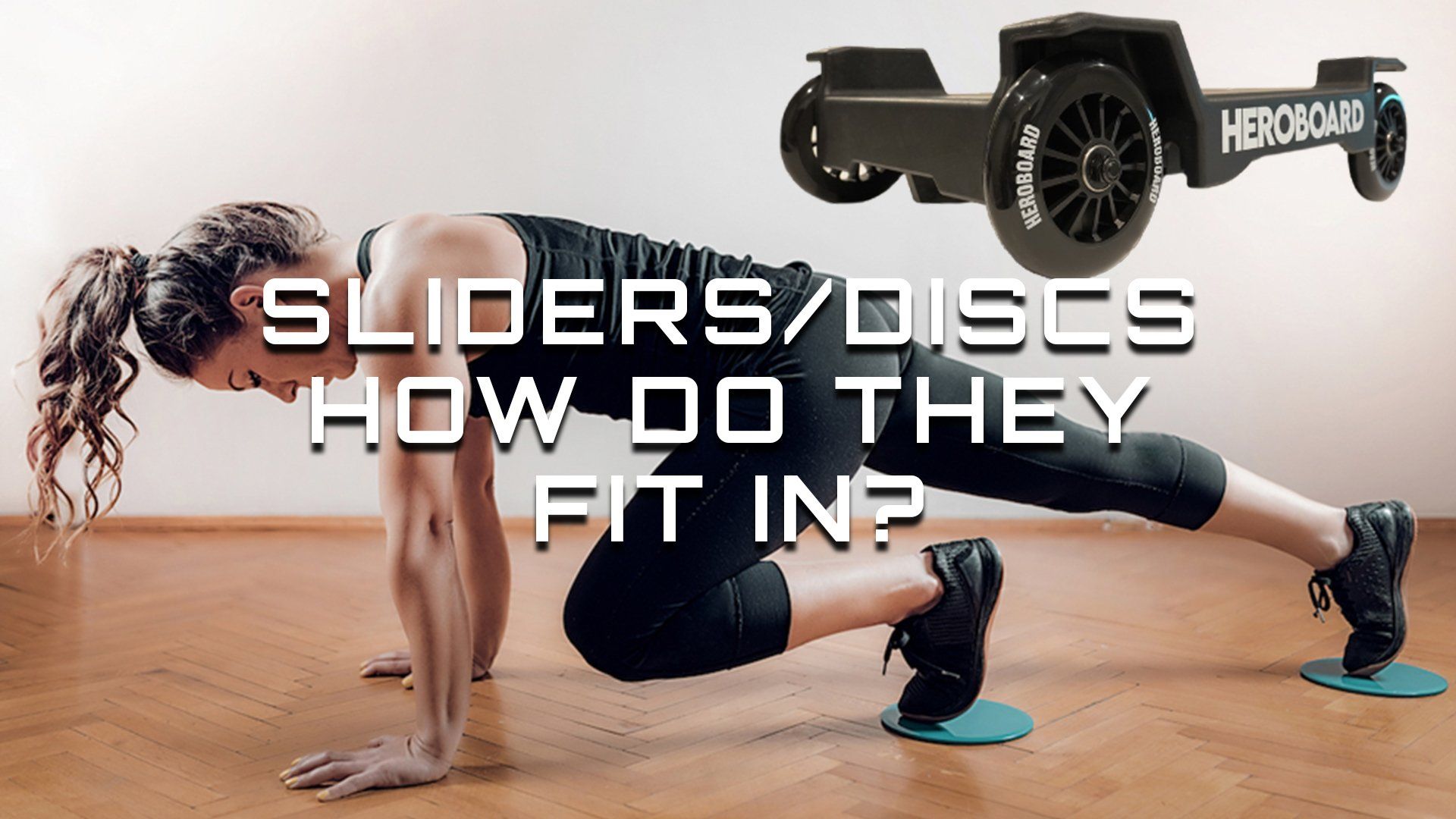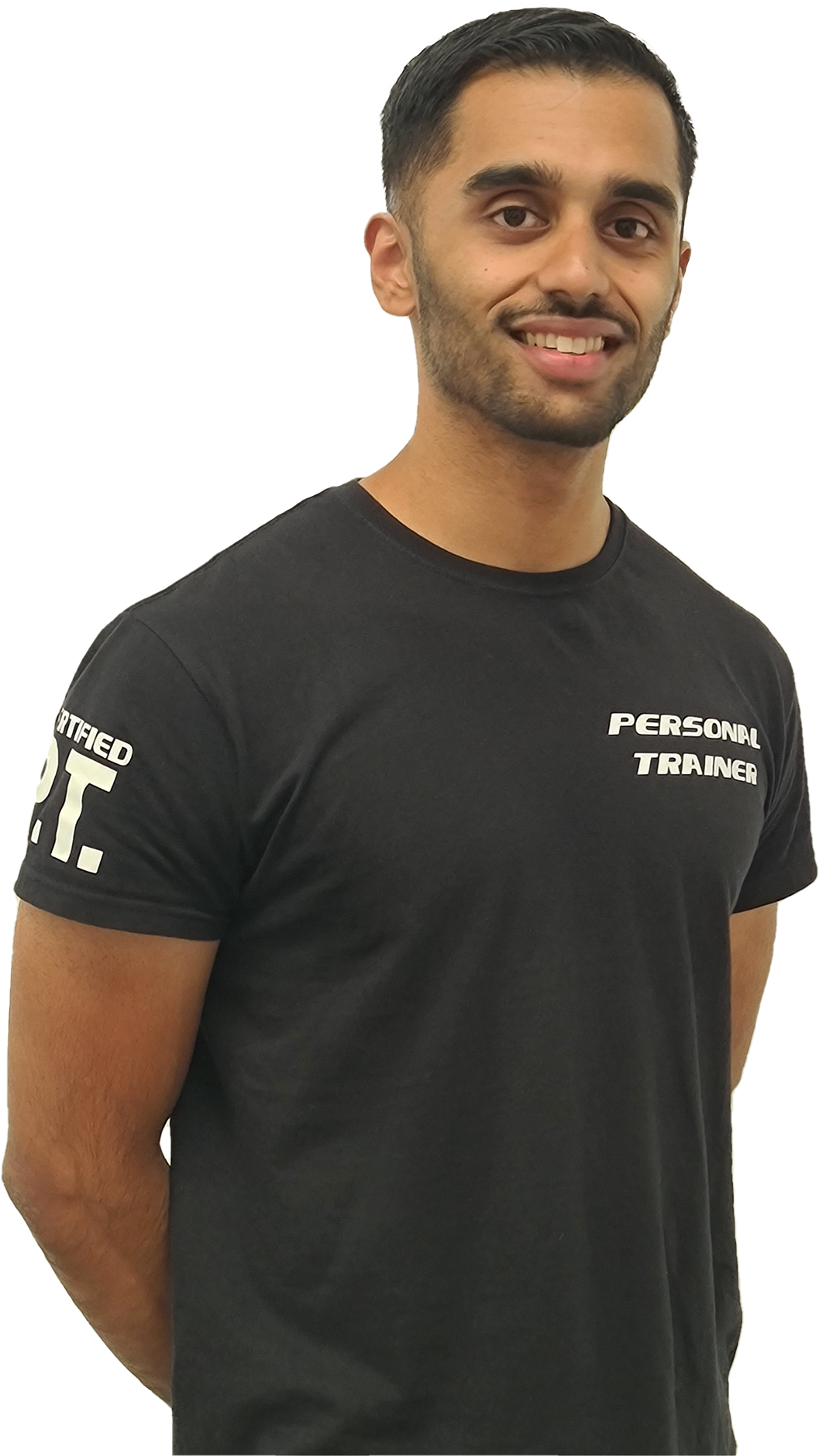
Innovations and ideas in society are continuously designed to make us move, think or work less, similarly the fitness industry has evolved to make us work less for better results. This isn’t necessarily a bad thing, rather a great thing. This mindset has got us from lifting stones over our shoulders to lifting bags of bricks hooked onto a rusty pole, to the more familiar barbells and dumbbells.
Let’s talk about core sliders and discs – these are normally round flat discs or wheels that are designed to slide on a surface while you step or place your hands on them. They create instability which forces intricate muscles that act as synergists and stabilizers to stabilize you.
For example, below is a video of me performing a lunge on the Heroboard, in this variation there are two forces I am opposing:
- The front foot: I am pushing with the front-foot to drive my centre of mass up
- The back foot: I am pushing downwards and forwards with my back foot to assist in driving my centre of mass forward and up.
In a normal lunge, my back foot isn’t doing this extra bit. By theory, this additional force my back foot is applying to the ground will activate certain muscle groups that would be non-existent in a normal lunge. I can tell you right now, I am feeling the exercise more so in my glutes, lower abdominals, adductors, and hip flexors as well as torching my quadriceps.
These types of training devices are fantastic for strengthening the core and alleviating back pain, a study by Youdas et al. (2008) discovered that the ab-wheel yielded the greatest abdominal activation when comparing an ab-slide exercise to a crunch or leg raise.
When performing an array of gliding exercises as seen in this playlist: https://www.youtube.com/playlist?list=PLGBz_PjlxJtkHlQgx2d2BFg0b1QuB-AaB you are always going to have an additional ‘downwards’ force of pushing the device down to the floor to help it glide smoothly, which will always activate muscles responsible for stabilisation whether it be in the shoulder girdle, lumbopelvic-hip complex, ankles, knees and spine.
That all being said, these types of devices are harder than they look, you need to have a strong foundation in strength already before using them, or they won't be nearly as effective.
References:
Youdas, J.W., Guck, B.R., Hebrink, R.C., Rugotzke, J.D., Madson, T.J. and Hollman, J.H., 2008. An electromyographic analysis of the Ab-Slide exercise, abdominal crunch, supine double leg thrust, and side bridge in healthy young adults: implications for rehabilitation professionals. The Journal of Strength & Conditioning Research, 22(6), pp.1939-1946.

Start Today!
Ready to transform your fitness journey? Take the first step towards achieving your goals with personal training!
My take on Health and Fitness



